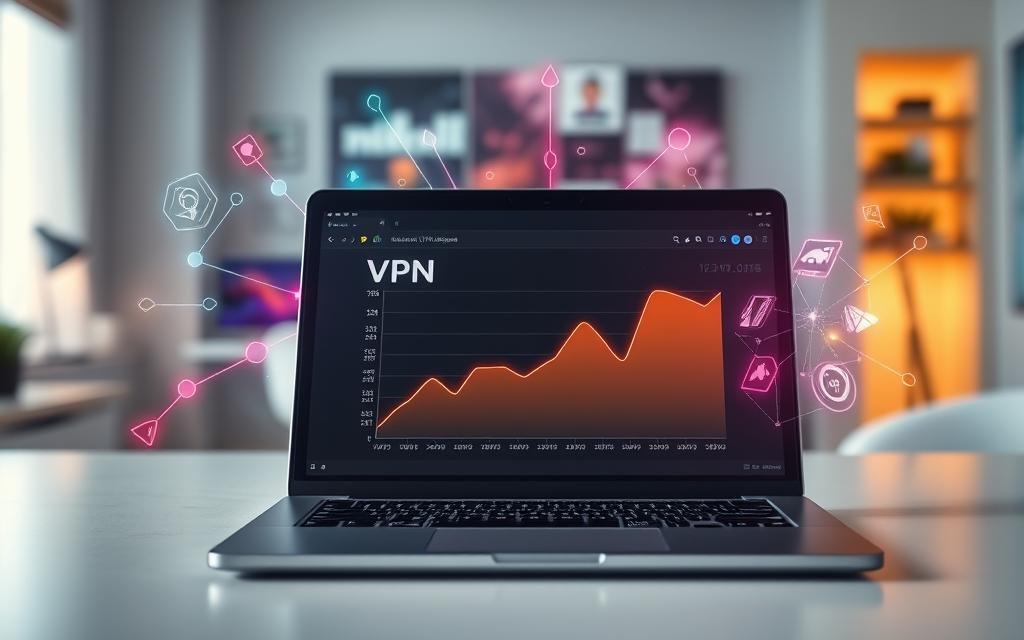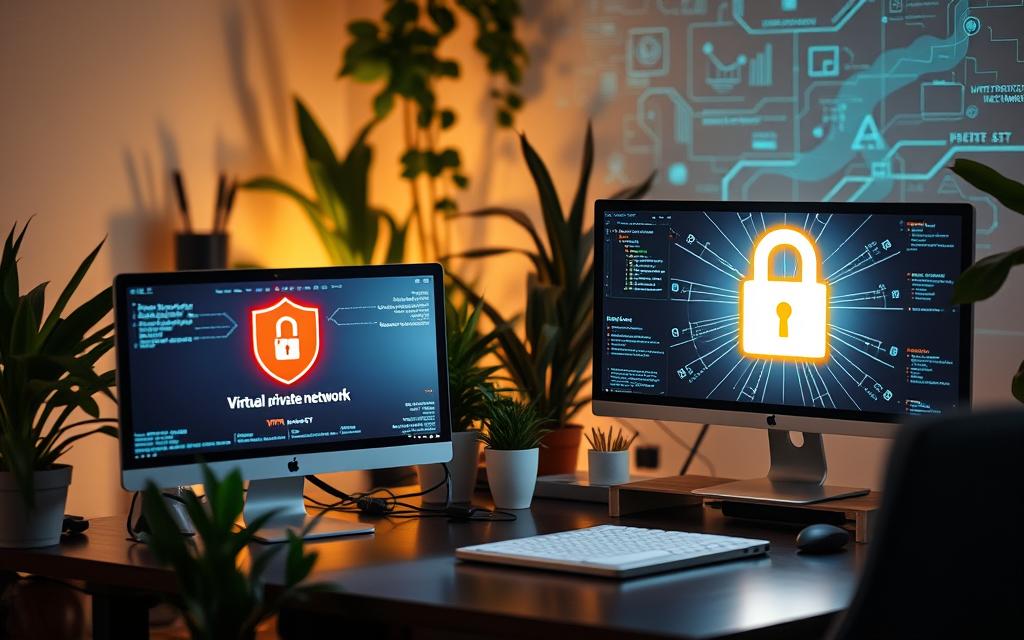Public WiFi networks have become a convenient way for people to connect to the internet while on the go. Whether it’s at a coffee shop, airport, or hotel, these networks provide easy access to browse the web, check emails, and stay connected. However, it’s important to be aware of the potential risks and dangers that come with using public WiFi. When connecting to a public WiFi network, there are various security risks that users can face. Hackers and cybercriminals often target these networks to exploit vulnerabilities and gain unauthorized access to users’ devices or sensitive information. These risks include: Risk of public wifi: Public WiFi networks are often unsecured, making it easier for hackers to intercept and view the data being transmitted between your device and the network. Dangers of public wifi: Connecting to a compromised public WiFi network can expose your personal information, such as login credentials, credit card details, and private communications, to potential attackers. Public WiFi security risks: Public WiFi networks are susceptible to various types of attacks, including man-in-the-middle attacks, packet sniffing, and session hijacking, which can compromise your online security and privacy. It is essential to understand these risks to protect yourself and your personal information when using public WiFi networks. By taking necessary precautions and implementing security measures, you can minimize the potential dangers and ensure a safer online experience. Common Types of Public WiFi Vulnerabilities When connecting to public WiFi networks, it’s important to be aware of the risks involved. Public WiFi networks are known to have vulnerabilities that can be exploited by hackers, potentially compromising your sensitive data and exposing you to various threats. In this section, we will explore some of the common types of vulnerabilities found in public WiFi networks. By understanding these vulnerabilities, you can better protect yourself and minimize the risks associated with using public WiFi networks that are not properly secured. 1. Man-in-the-Middle Attacks One of the most prevalent vulnerabilities in public WiFi networks is the risk of man-in-the-middle (MITM) attacks. This occurs when a hacker intercepts the communication between your device and the network, allowing them to view and potentially alter the data being transmitted. With this access, hackers can steal sensitive information such as login credentials, financial details, or personal data. 2. Evil Twin Attacks Another common vulnerability is the presence of evil twin networks. These networks mimic legitimate WiFi networks to deceive unsuspecting users into connecting to them. Once connected, hackers can monitor your online activities, capture sensitive information, and even inject malicious code into your device. It’s crucial to always verify the legitimacy of public WiFi networks before connecting to them. 3. Wi-Fi Sniffing Wi-Fi sniffing involves intercepting the wireless traffic on a public WiFi network to capture unencrypted data transmitted between devices. Hackers can exploit this vulnerability to access your emails, browsing history, or other personal information. It’s important to be cautious when transmitting sensitive data and use secure and encrypted connections whenever possible. 4. Malware Distribution Public WiFi networks can also be used as a platform for distributing malware. Hackers can inject malware into unsecured networks or compromise legitimate networks to trick users into downloading malicious files or visiting compromised websites. Once infected, your device can be used to steal your personal information or launch further attacks. 5. Network Spoofing In network spoofing attacks, hackers create fake WiFi networks with names similar to legitimate networks to trick users into connecting to them. Once connected, hackers can monitor your online activities, capture sensitive information, and potentially gain access to your device. It’s important to always double-check the network name and only connect to trusted and verified networks. By understanding these common vulnerabilities, you can take proactive measures to protect yourself when using public WiFi networks. In the next section, we will discuss practical tips and strategies to safeguard your privacy on public WiFi networks and mitigate the risks associated with using them. Protecting Your Privacy on Public WiFi When connecting to public WiFi networks, it is crucial to be aware of the potential privacy risks and threats that you may encounter. Public WiFi networks, although convenient, can pose significant risks to your personal information and sensitive data. Without proper precautions, your data may be intercepted by malicious eavesdroppers or compromised by hackers. To safeguard your privacy and protect yourself from these risks, follow these practical tips and strategies: Use a VPN: A Virtual Private Network (VPN) encrypts your internet connection, making it more secure. It creates a private tunnel that shields your data from prying eyes, ensuring that your online activities remain private and anonymous. Before connecting to a public WiFi network, always enable your VPN to add an extra layer of security. Avoid accessing sensitive information: Public WiFi networks are not the place to conduct sensitive transactions or access confidential information. Avoid logging into your bank accounts, shopping on e-commerce websites, or entering passwords on public WiFi. If possible, wait until you have a secure and trusted internet connection. Disable automatic connections: Your device may be set to automatically connect to known WiFi networks. However, this convenience can put your privacy at risk if the network is compromised. Disable this feature to ensure that you have control over which networks you connect to, rather than automatically connecting to potentially insecure networks. Enable two-factor authentication: Two-factor authentication (2FA) adds an extra layer of security by requiring a second form of verification, such as a code sent to your phone, when logging into accounts. This helps protect your sensitive information even if your password is compromised. Keep your devices updated: Regularly updating your devices’ operating systems and applications is crucial for security. Updates often include patches for vulnerabilities, keeping your device protected against the latest threats. By implementing these measures, you can significantly reduce the risks of connecting to public WiFi and protect your privacy while using these networks. Steps to Enhance Public WiFi Security When using public WiFi networks, it is essential to take steps to enhance the security of your connection and protect your sensitive information from potential





